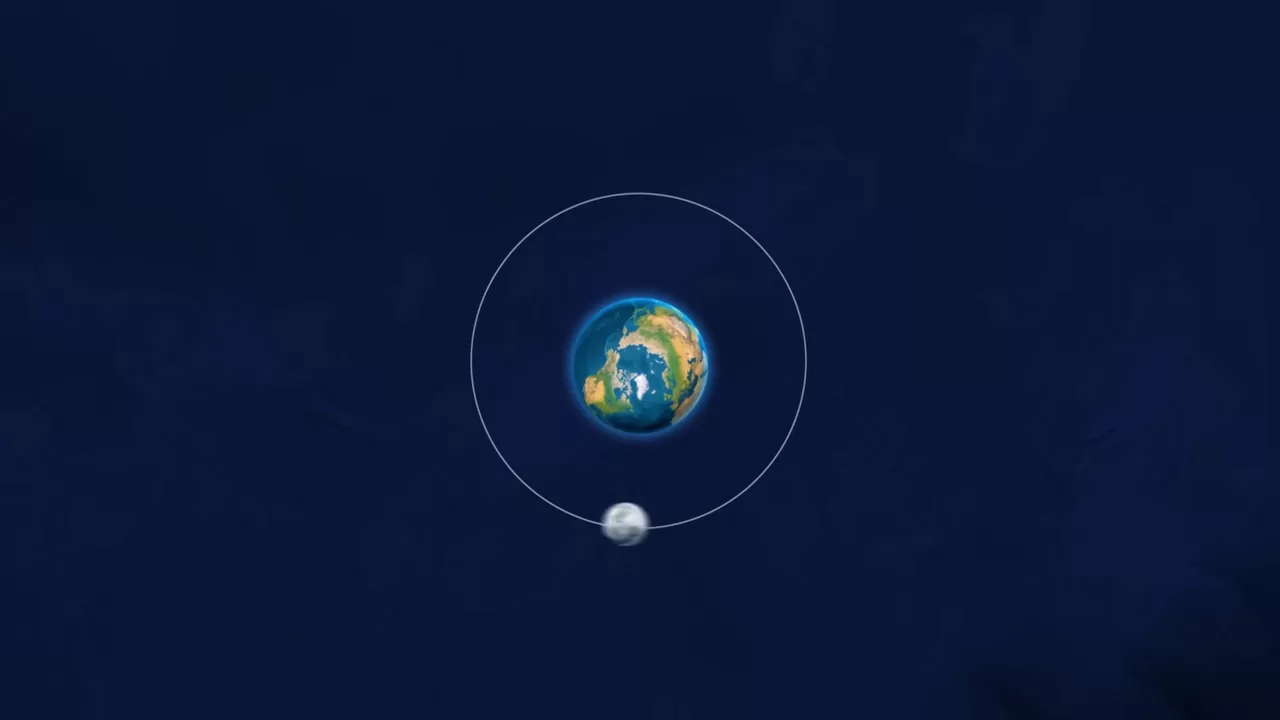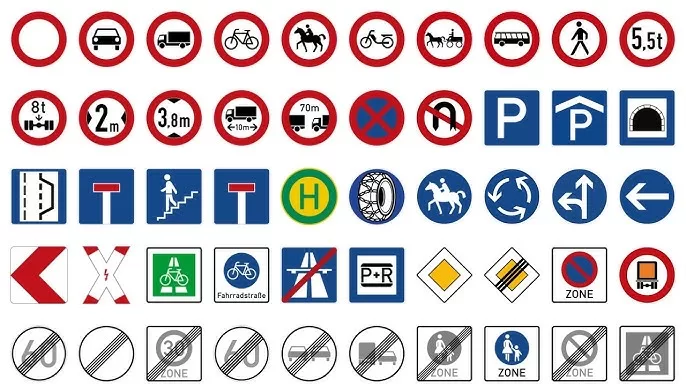In September 2002, astronomers tracking near-Earth asteroids detected something… off. A mysterious object had entered a strange, looping orbit around Earth, and at first, they assumed it was just another space rock.
But it wasn’t.
This object didn’t behave like an asteroid. It didn’t reflect light like one either. It seemed too artificial. Too familiar.
As it turns out, they were right—because this object wasn’t natural at all. It was a piece of NASA’s Saturn V rocket, specifically the third stage that launched the Apollo 12 astronauts to the Moon… in 1969.
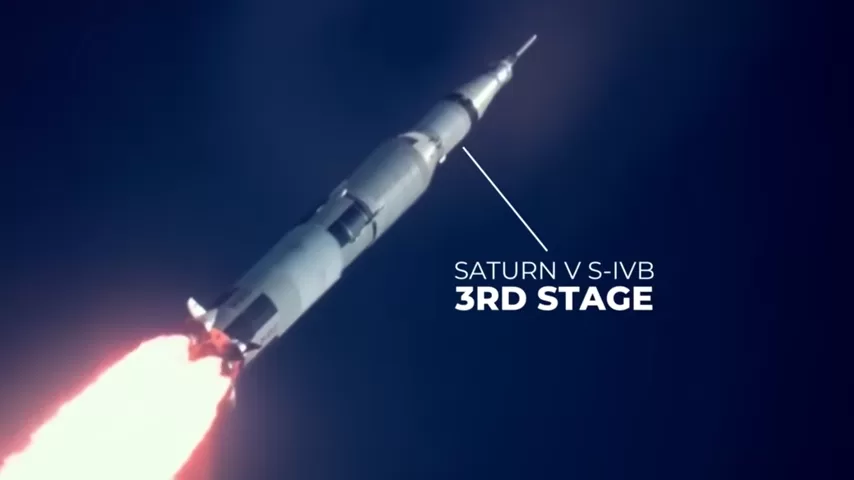
For over 30 years, this relic from the Apollo era had been silently drifting through the solar system, forgotten by humans and pulled between planets by gravity. Its reappearance in Earth’s skies was a cosmic surprise—and a scientific mystery waiting to be solved.
The Saturn V and the Apollo 12 Mission
To appreciate the bizarre journey of the Apollo 12 third stage, it helps to understand how the Saturn V rocket worked.
The Saturn V, the most powerful rocket ever successfully flown, had three stages:
- First stage: Fired for about 2.5 minutes, lifting the rocket to 61 km.
- Second stage: Burned for 6 minutes, increasing altitude and speed.
- Third stage: Performed two critical burns. First, to enter Earth orbit. Then again, to send the spacecraft on its way to the Moon—known as Trans-Lunar Injection (TLI).
Once the Apollo crew was safely headed to the Moon, the third stage (S-IVB) was no longer needed. NASA typically discarded it by sending it into solar orbit—out of Earth’s way forever.
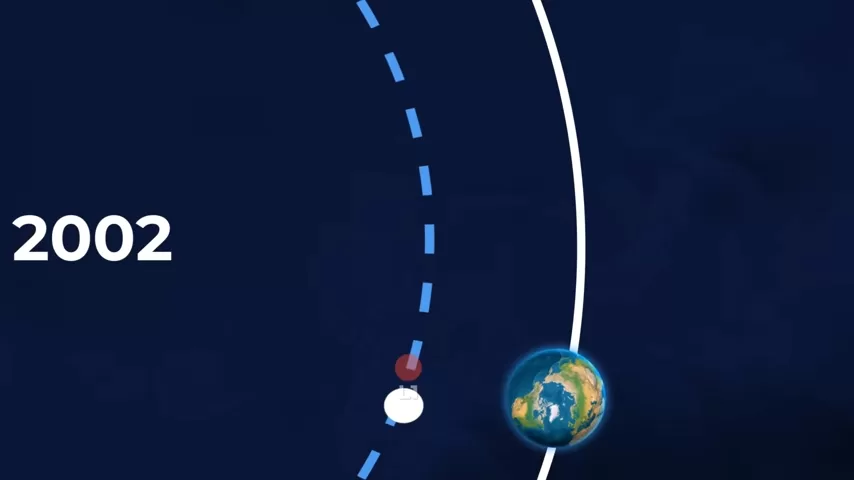
But Apollo 12’s S-IVB didn’t get the memo.
A Tiny Error with Big Consequences
NASA’s plan for the third stage was simple: use the Moon’s gravity to fling the stage into a stable orbit around the Sun.
This technique, called a gravity assist, would allow the Moon to slingshot the stage out of Earth’s influence. But it required precise timing and velocity.
Apollo 12’s S-IVB needed to meet the trailing side of the Moon, allowing the Moon’s motion to “throw” the rocket away. But the stage’s onboard tracking system was off—by just a tiny amount.
That small miscalculation made NASA believe the rocket was going faster than it actually was. So they overcorrected—slowing it down slightly more than intended, by just 40 km/h.
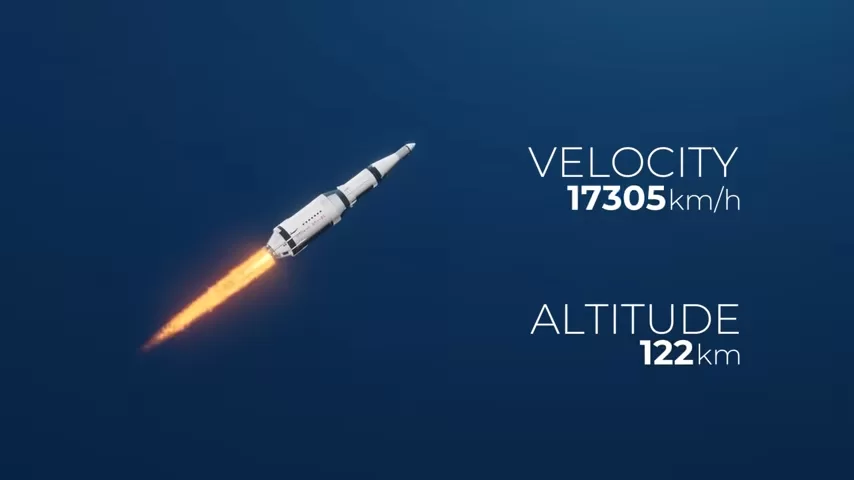
That was enough to miss the gravity assist entirely.
Lost in Space
Instead of escaping Earth’s pull, the third stage was pulled into a highly elliptical orbit around Earth. For the next 15 months, it looped chaotically through space, its path constantly tugged and twisted by Earth’s and the Moon’s gravity.
Eventually, it drifted toward Lagrange Point 1 (L1)—a region of space between Earth and the Sun where gravitational forces balance out. Think of it as a hilltop in space. If you have enough energy, you can pass the hill and head to the other side.
And that’s exactly what the S-IVB did.
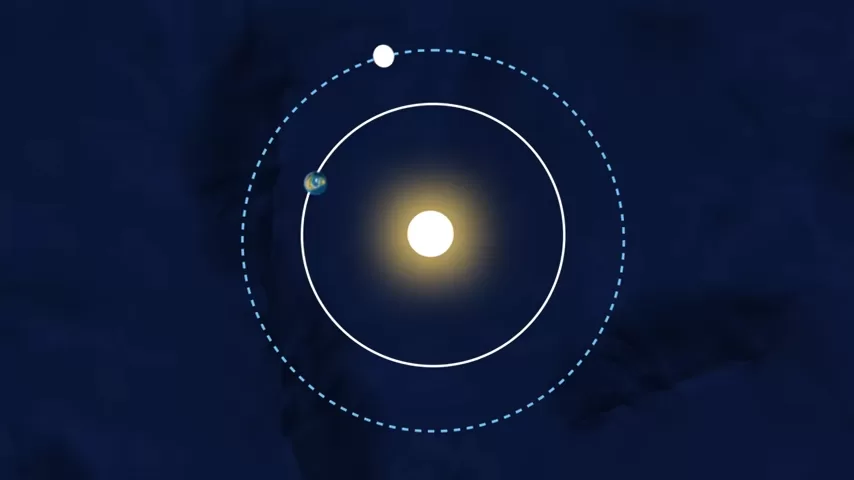
Losing Earth’s grip, it slipped past L1 and into solar orbit—but not the orbit it was supposed to be in. Instead of circling the Sun outside Earth’s path, it now orbited slightly inside, making one full lap faster than Earth.
The Long Loop Around the Sun
For decades, the third stage quietly orbited the Sun. It passed Earth now and then, but never close enough to be pulled back in.
That is, until 2002.
In that year, the object’s trajectory brought it to just the right place, at just the right time, aligning with Earth at its closest point to the Sun. This perfect alignment caused Earth’s gravity to finally overcome the Sun’s—and recaptured the stage.
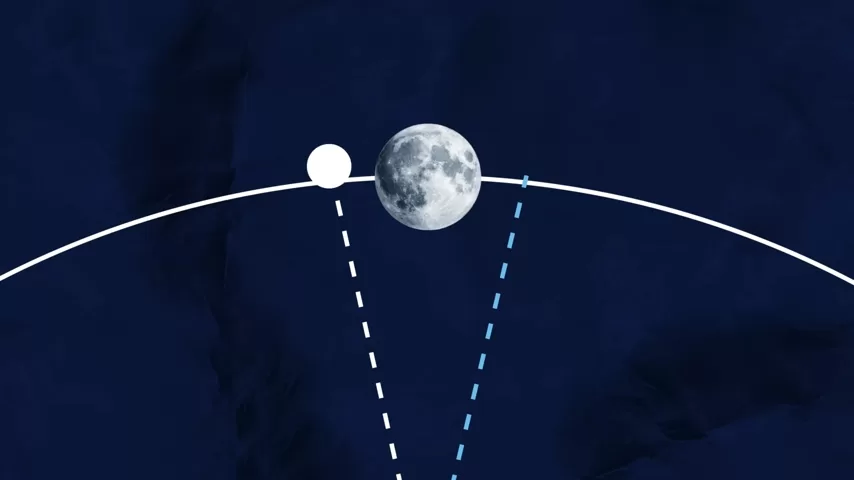
Suddenly, it was back.
What Is It? Solving the Mystery with Spectroscopy
At first, astronomers weren’t sure what they were looking at. The object, given the provisional name J002E3, seemed odd for a natural body.
So scientists used spectroscopy—a method that analyzes how materials reflect light at different wavelengths—to study it.
The results were striking: the object’s spectrum exactly matched the white titanium oxide paint used on Saturn V rockets.
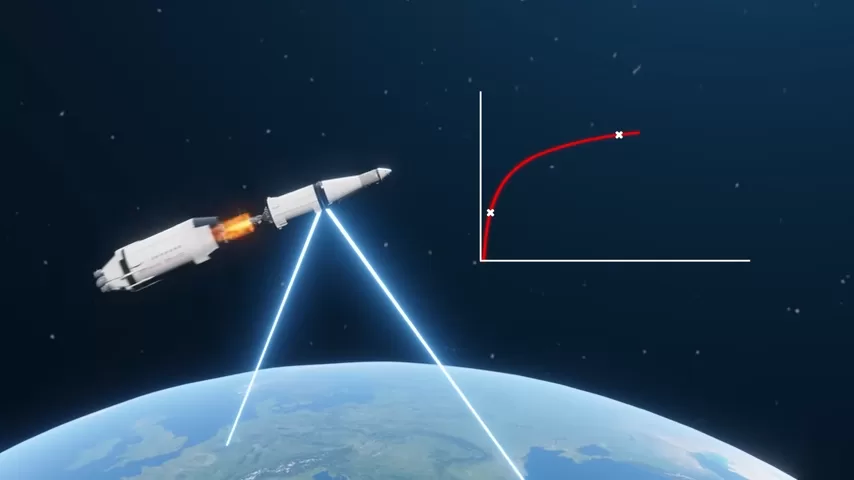
Combine that with its trajectory, which lined up perfectly with Apollo 12’s launch window, and it became clear: this was the long-lost third stage of Apollo 12.
The Return—and the Goodbye
J002E3 remained in Earth orbit for about a year before being flung back out into solar orbit once more.
Based on current models, it will likely return again around the 2040s, assuming gravitational conditions are right. For now, it’s out there again, tracing a lonely path around the Sun—still following the laws of physics written at launch in 1969.
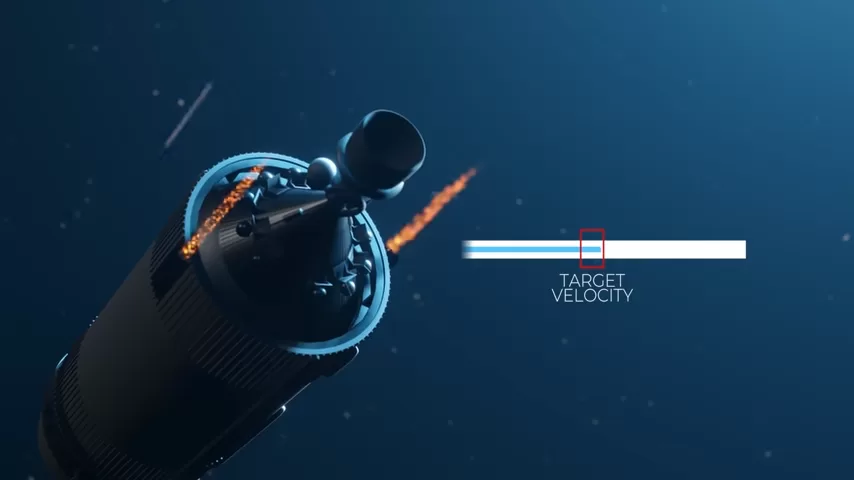
Why This Matters
Apollo 12’s wandering third stage is more than a curiosity—it’s a symbol of human reach, of how even the forgotten parts of our grandest adventures still carry on silently through the cosmos.
It’s also a reminder of how small errors in spaceflight can lead to enormous consequences. Just a few km/h of miscalculated velocity sent a 14-ton rocket stage on a 30-year journey through the solar system, only to return and puzzle astronomers for weeks.
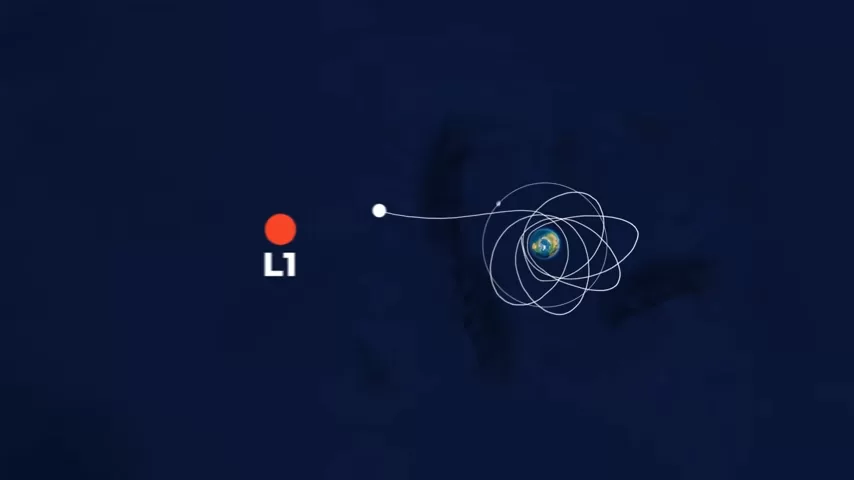
Conclusion: A Rocket That Refused to Be Lost
From the launchpad in 1969 to its rediscovery in 2002, Apollo 12’s third stage has completed a cosmic dance of inertia, gravity, and chance.
And it’s not done yet.
As we continue to explore deeper into the solar system and beyond, it’s humbling to know that the relics of our earliest ventures are still out there—silent, drifting, occasionally returning to remind us where we’ve been.
After all, space doesn’t forget.
